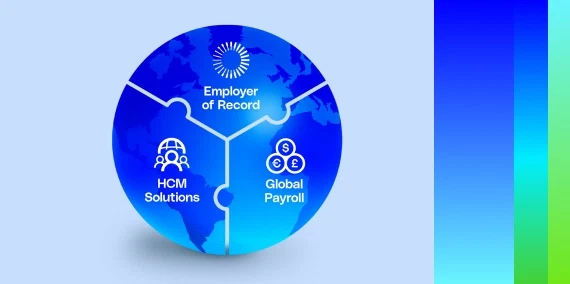Expanding to a new location is an exciting opportunity to form new business relationships and offer new products and services. But before you can enjoy these benefits, you’ll have to learn how to set up an Estonia subsidiary. Company registration in Estonia can be time-consuming and challenging. It can take up to a few months to officially incorporate, and your company will have to learn Estonia’s subsidiary laws on top of running a new location.
Fortunately, G-P has a better solution. By leveraging our global entity infrastructure, you can start working in Estonia in minutes not months. Plus, you won’t have to worry about Estonia’s subsidiary laws because we’ll manage all compliance matters for you.
How to set up an Estonia subsidiary
Before you jump into setting up your Estonia subsidiary, you need to consider several important factors. First, look at what location within Estonia is best for your company’s subsidiary. Different cities or regions can sometimes have varied subsidiary laws that impact fees, availability, and more. We recommend working with an expert if you’re not familiar with which places are best for incorporation.
Next, you need to look at what type of entity matches your business goals. Estonia’s Commercial Code allows several different types of subsidiaries, including a private limited company, public limited company, general partnership, limited partnership, or commercial association. A private limited company, also known as a limited liability company (LLC), will give you the most freedom to operate in the country and also protect both your subsidiary and parent company.
Setting up your Estonia subsidiary as a private limited company may include the following steps:
- Filing the parent company’s Articles of Association and Certificate of Registration.
- Drafting the subsidiary’s Articles of Association.
- Submitting proof of the subsidiary’s registered address.
- Submitting proof of deposited share capital.
- Drafting details of the appointed manager.
- Filing any other documents requested by the Trade Register.
- Registering in the Register of Economic Agency (depending on your industry).
- Registering in the Commercial Register.
- Opening an in-country bank account.
- Registering for VAT and Central Sick Fund of Estonia.
Estonia subsidiary laws
As a private limited company, you can operate in Estonia just like a resident company. After completing the Estonia subsidiary setup process, you’ll need to follow all the laws required for your entity. For example, your LLC must pay corporate tax on your worldwide income at a rate of 20%. You also need to follow the same accounting and filing requirements as domestic companies, but you may be eligible for some tax deductions and exemptions.
Estonia subsidiary laws also require you to have a business name that’s different from the parent company. LLCs need a registered address in an Estonian subsidiary, as specific laws can change based on where you are. Your parent company is responsible for selecting all of the business activities your subsidiary will perform in Estonia.
Benefits of setting up an Estonia subsidiary
Although incorporating in Estonia is often a time-consuming process, it will give you the benefit of operating in Estonia just like a resident company. Since the structure creates limited liability between the parent company and subsidiary, both of your locations can operate somewhat independently.
That said, you see these benefits until you spend months trying to set up your Estonia subsidiary. G-P, on the other hand, can help you start working in the country in a fraction of the time. You can use our Employer of Record (EOR) model to hire your employees, pay them, and give out compensation and benefits.
Other important considerations
If you decide to set up a subsidiary in Estonia, the incorporation process includes many fees. We recommend working with an expert in Estonia subsidiary laws if you choose this route. A consultant, accountant, or lawyer can make sure your company is staying compliant, and you won’t have to worry about incurring any fines or delays.
Enter new markets with G-P — no new entities required.
Beat the competition and enter new markets in minutes, not months, with G-P. We’ve paired our industry-leading team of in-region HR and legal experts with our #1 global employment platform to help you hire compliantly in 180+ countries, eliminating the need to set up local entities or subsidiaries.
Get in touch today to learn more about how we can streamline the global growth process.






